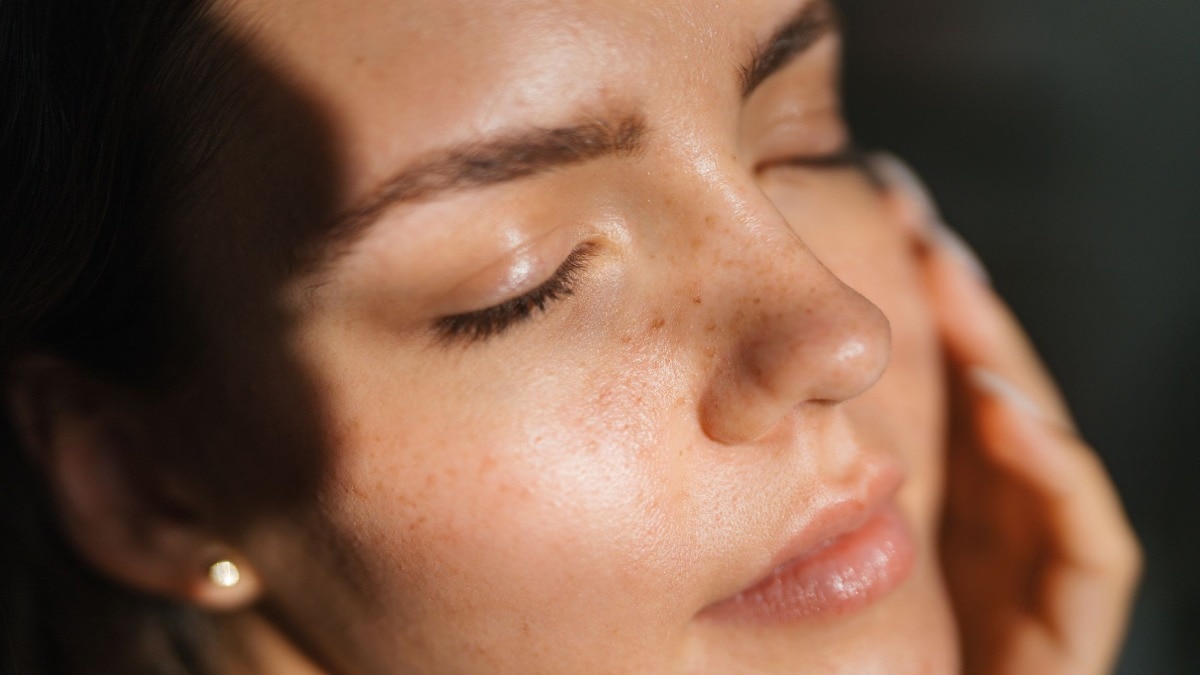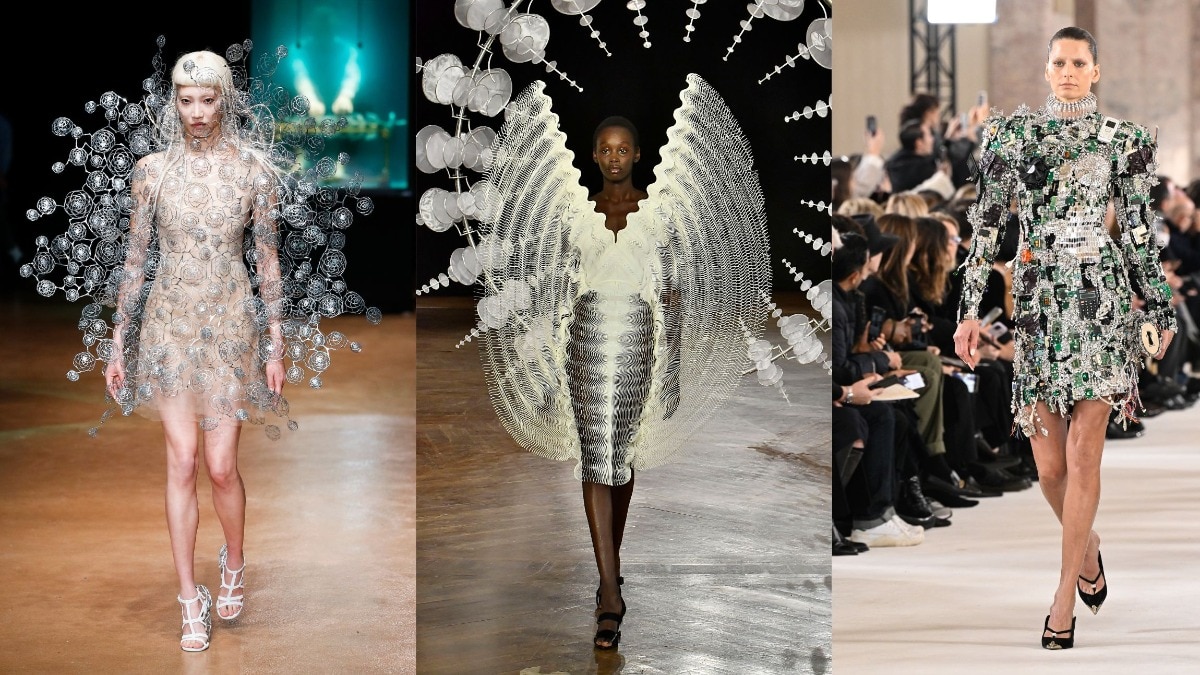Does the frequent use of hair straightening chemicals cause cancer?
Recent studies show an association between the two. But, how far is it true? We got experts to weigh in.


Everyone loves the bounce of freshly blown-out hair or the sleekness of a once unmanageable mane. However, amidst the straightening irons, blow dryers, and multiple styling products, the effort suddenly seems too much for the result. That’s when people opt for chemical hair straightening, a semi-permanent answer to all your frizzy, curly, cranky, and kinky hair woes. And like most subscriptions, once the effects expire, you re-subscribe. However, a recent study discovered that women who frequently get their hair straightened using chemicals were more at risk for developing uterine cancer. Before you go spiralling down into the dark web, hear what Dr Kiran Sethi, MD Skin & Wellness Expert and founder ISYA Aesthetics, to find out how true these claims are.
Simplifying the study

“After an average of nearly 11 years of follow-up, women who had reported using hair straightening products were almost twice as likely to have developed uterine cancer than those who did not, after adjusting for other factors that might affect risk. Women who reported frequent use of straighteners (more than four times in the previous year) were about 2.5 times more likely to develop uterine cancer,” explains Dr Sethi. “The researchers found no associations with uterine cancer for other hair products that the women reported using, including hair dyes, bleach, highlights, or perms.”
The science behind straightening
Chemical hair straighteners have come a long way over the years. These relaxers come in different formulations and techniques. However the results are more or less the same. According to Dr Sethi, earlier studies have shown that chemical hair straighteners contain endocrine-disrupting chemicals and have previously been associated with higher risks of breast and ovarian cancer. But how do these manage to disrupt our internal organs? “Scientists believe that these chemicals enter the bloodstream via the scalp, in turn travelling to the uterus, raising the risk of cancer,” she explains.
“Straighteners, in particular, have been found to include chemicals such as phthalates, parables, and potentially carcinogenic metals, and may also release formaldehyde when heated.” This means that the type of uterine cancer that arose in the recent study supports the theory that hormonal disruption is behind that risk.
Is it worrisome?

Already got your hair straightened a couple of times? Before you hit the panic button, it’s important to note that this study states that there is an ‘association’ between cancer and hair straightening chemicals, which isn’t actually a cause of it. Although the connection wasn’t bound by race, the study did find that the adverse health effects may be greater for Black women, mainly due to the higher frequency of use.
Reducing the risk
The study found that hair-straightening chemicals might be absorbed into the bloodstream more via the scalp than they would if they were applied to other body parts. It can also lead to scalp irritation, if applied incorrectly. So how do we prevent the risk? Dr Sethi says, “Cutting back on chemical straighteners and reducing frequency is a good preventative measure. The study also shows that less frequent use was less strongly associated with risk. The study stated an association with a higher risk of uterine cancer with the use of hair straighteners and lower physical activity, so exercising is another great preventative measure.”
Other factors to keep in mind

a) Opt for a known, trustworthy salon where the treatment is done by a trained professional. Before you start, ask questions about the treatment––application process, products used, ingredients of the products, possible side-effects, everything! At all costs, avoid at-home chemical hair straighteners.
b) Go natural or opt for the occasional heat. Yes, it is a pain and requires much more effort than chemical hair straightening, but if you feel you’re more at risk of developing cancer or are predispositioned to the cancer gene, then it’s best to stay clear. The worst that can happen is heat damage––at least it won’t put your health at risk (plus, there are various ways to curb it too!)










